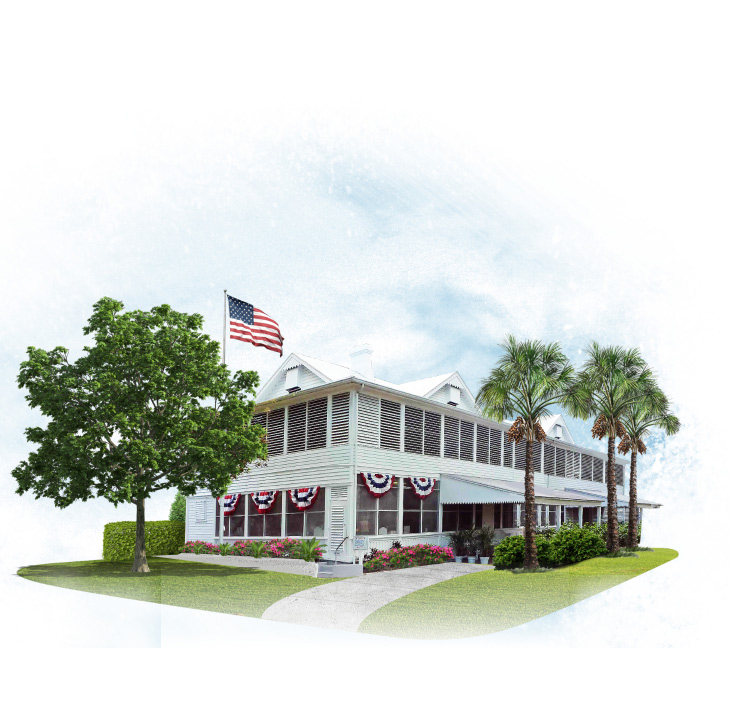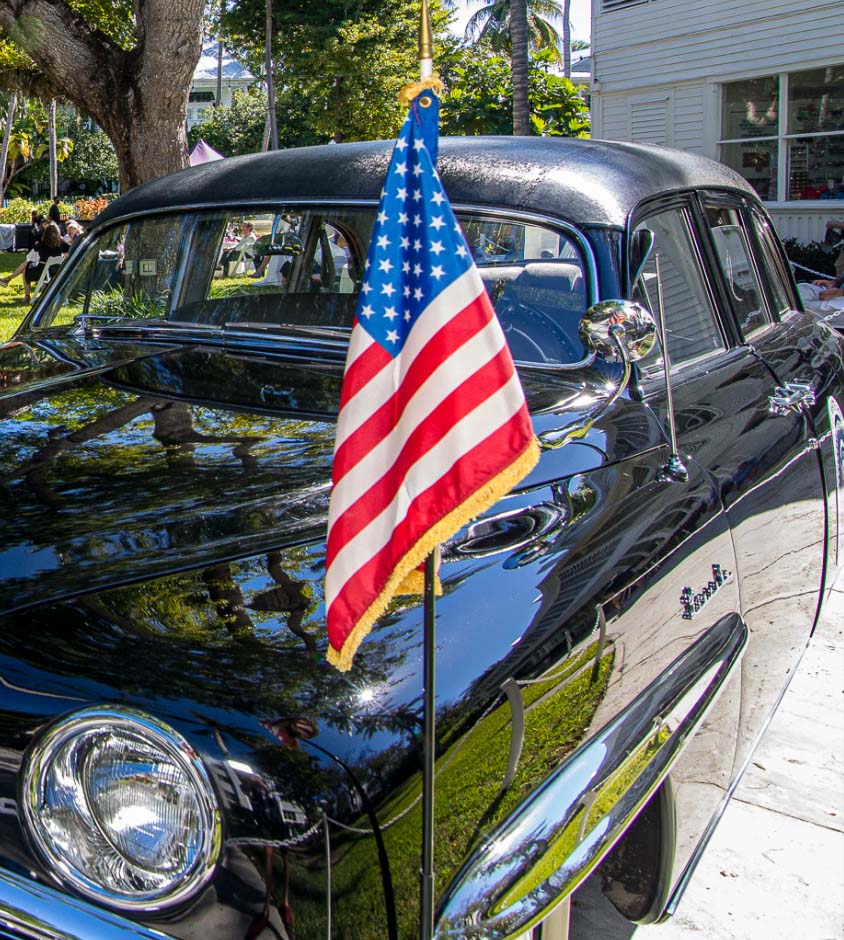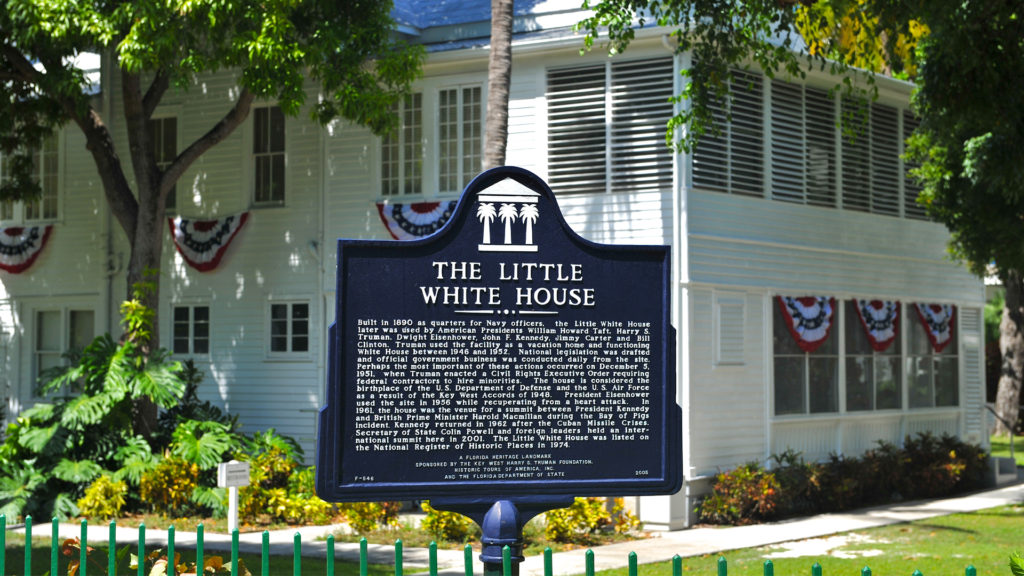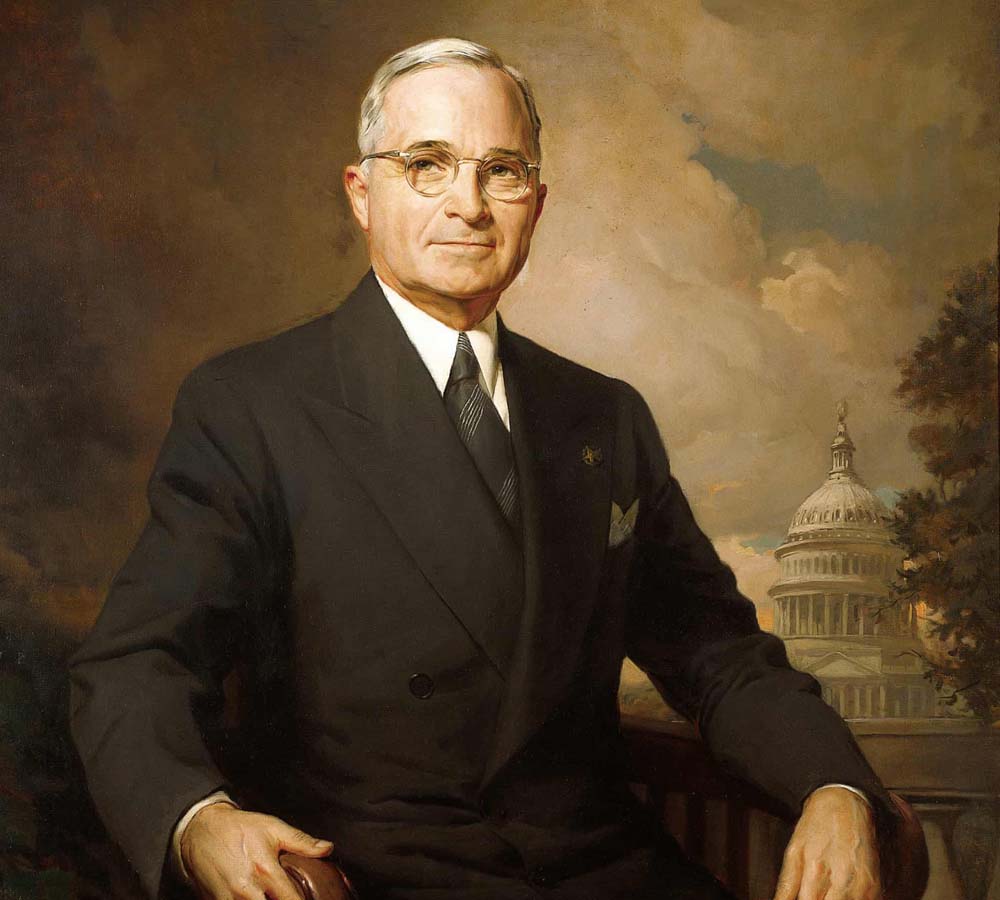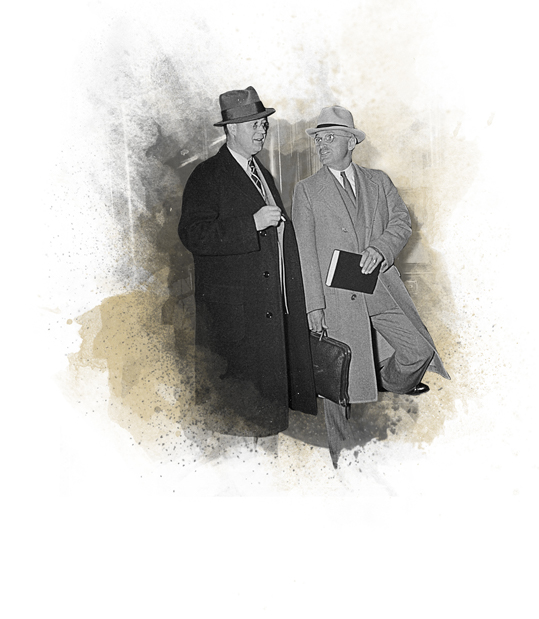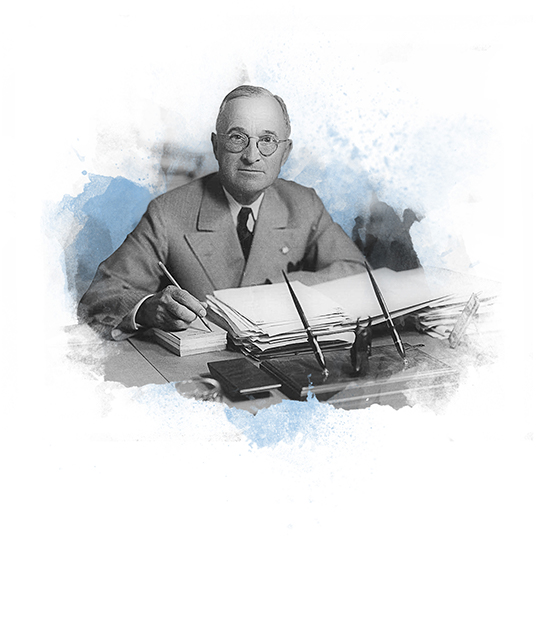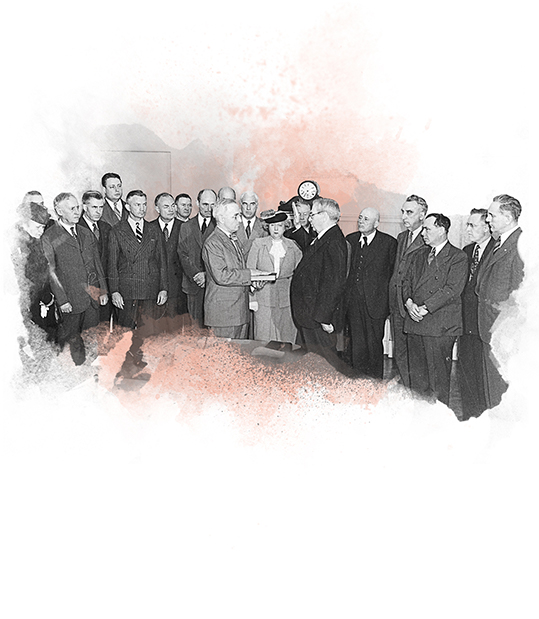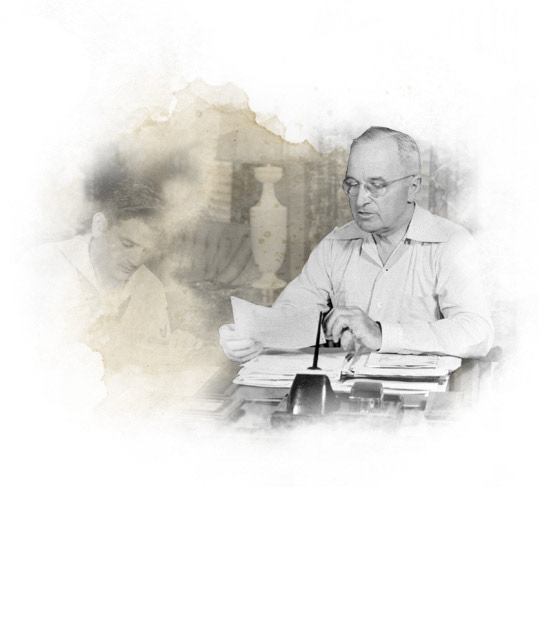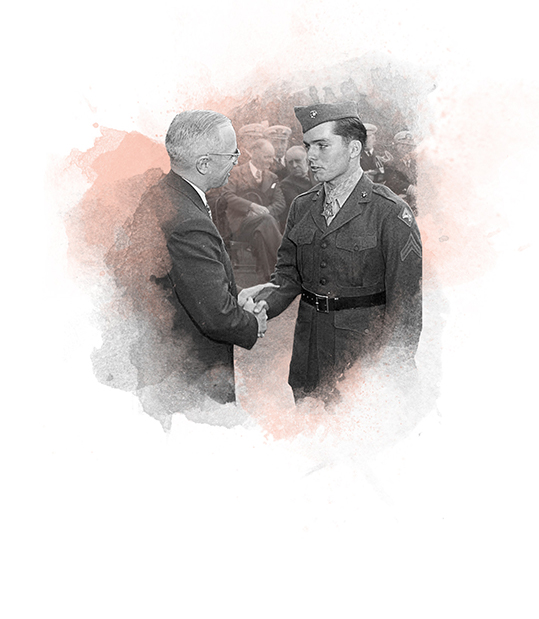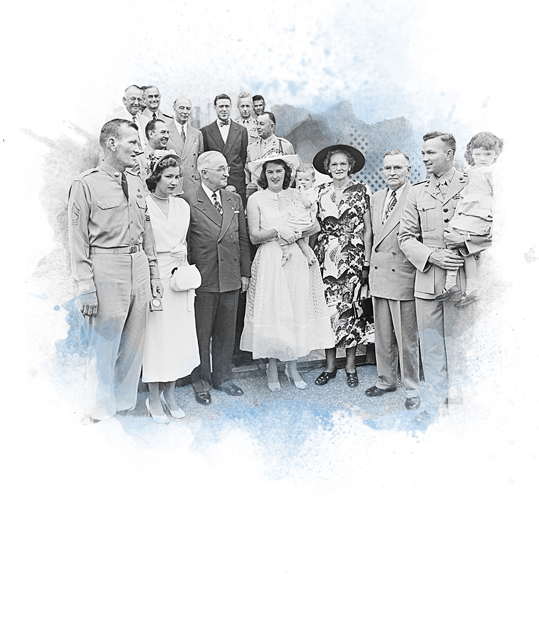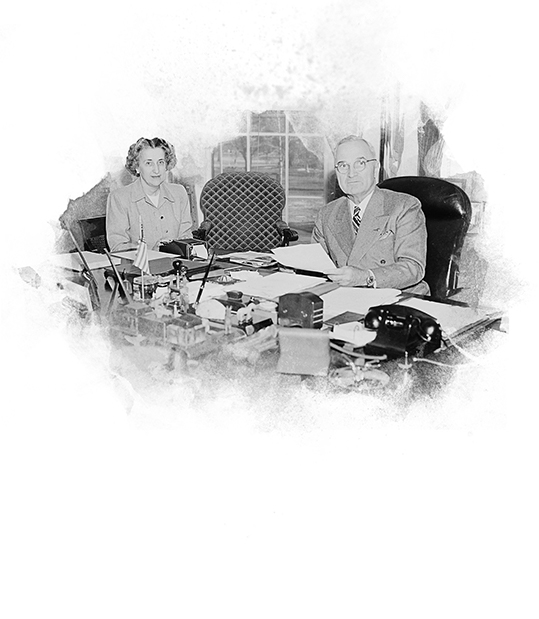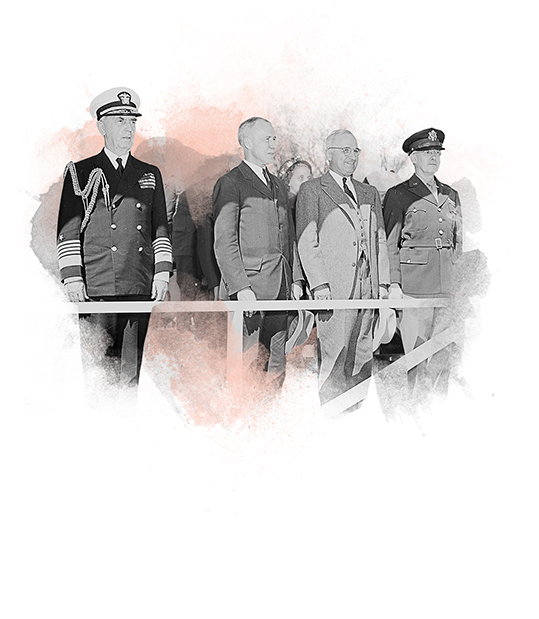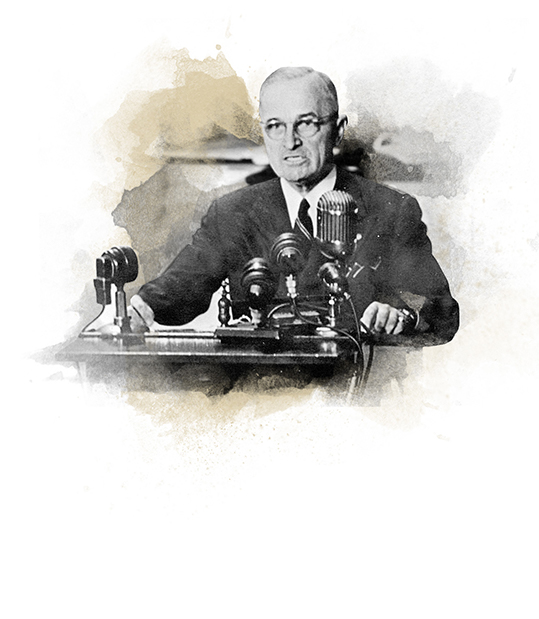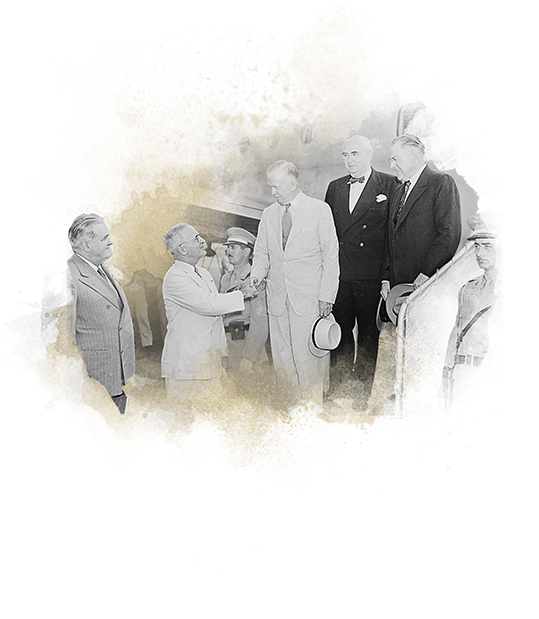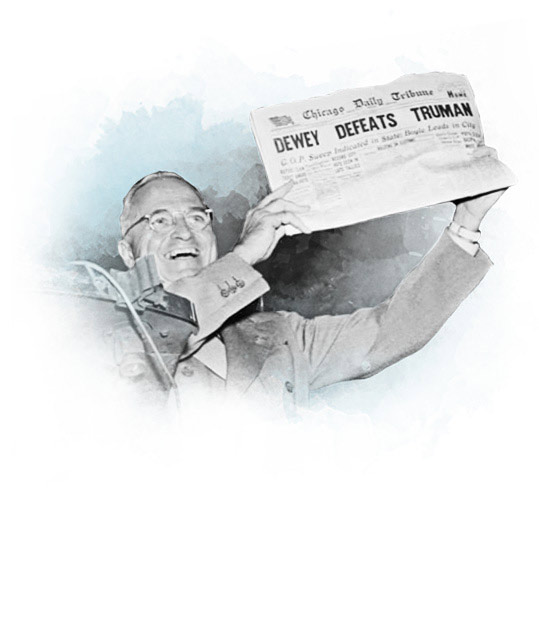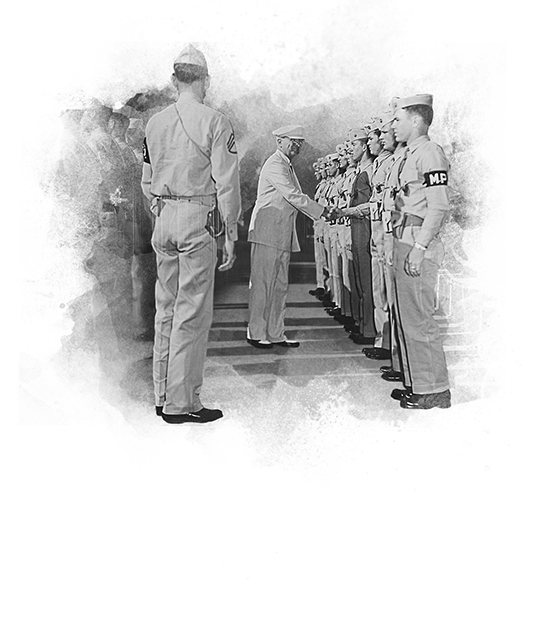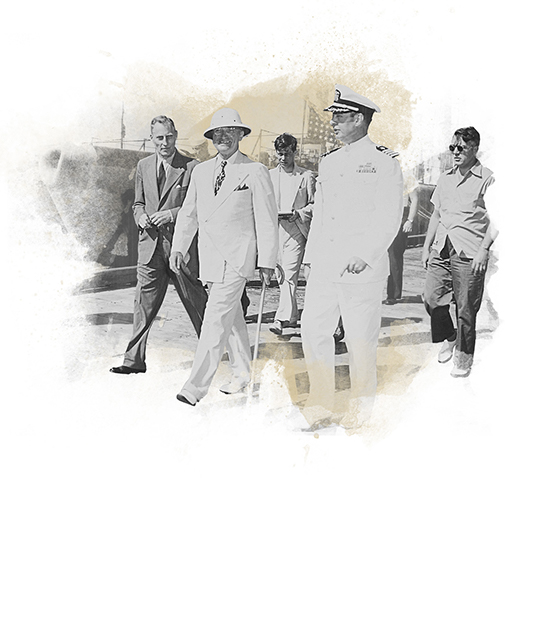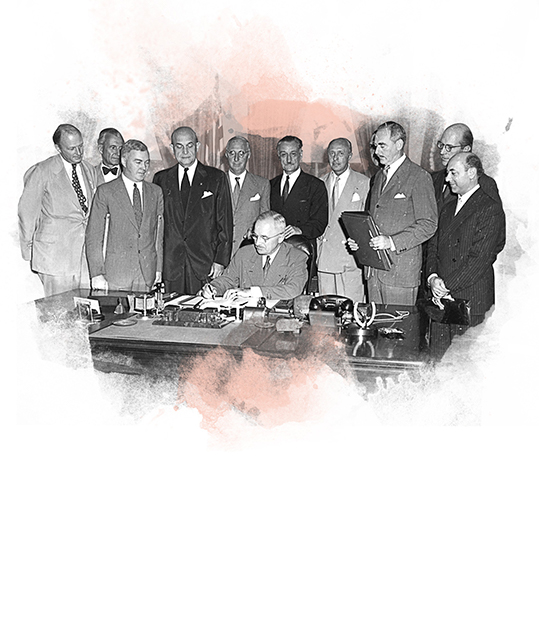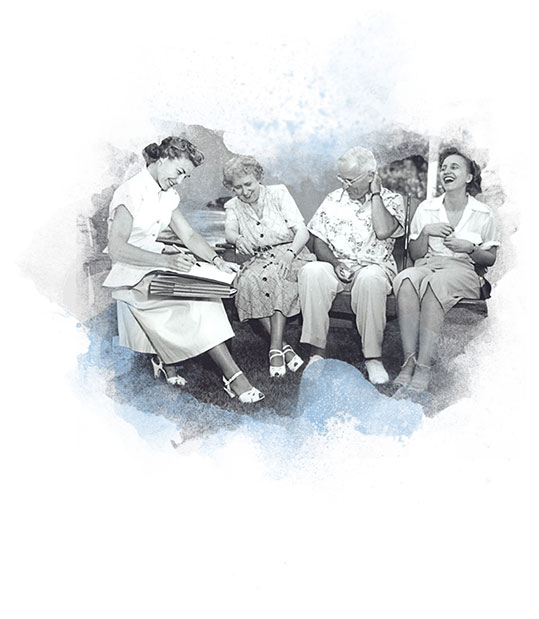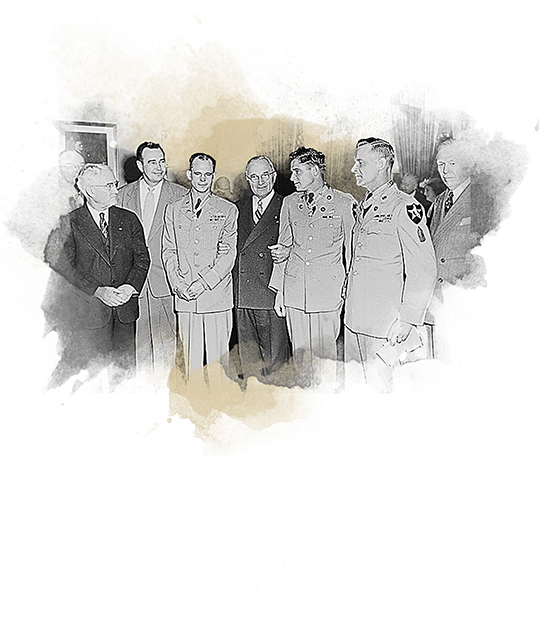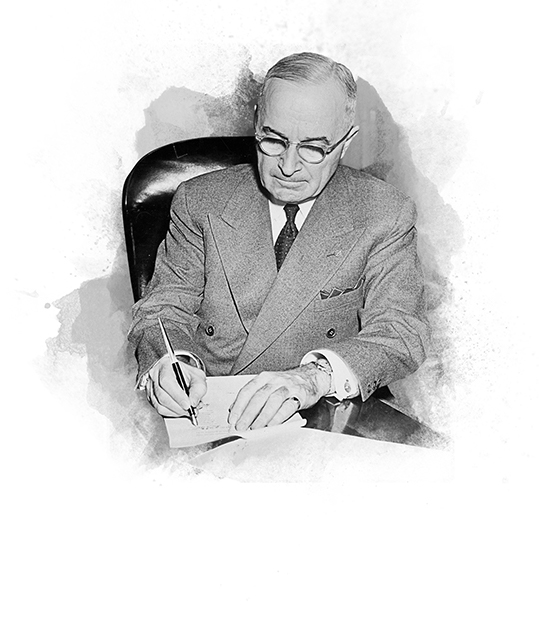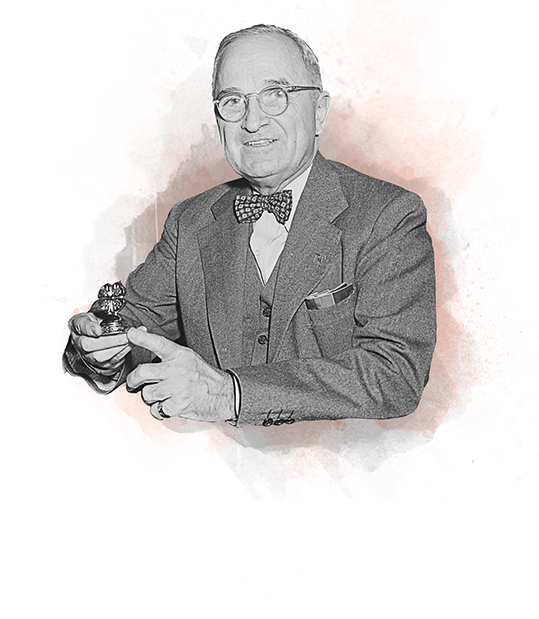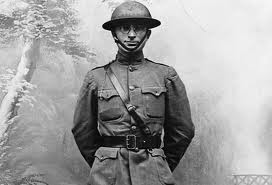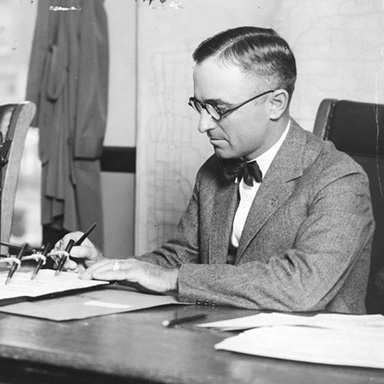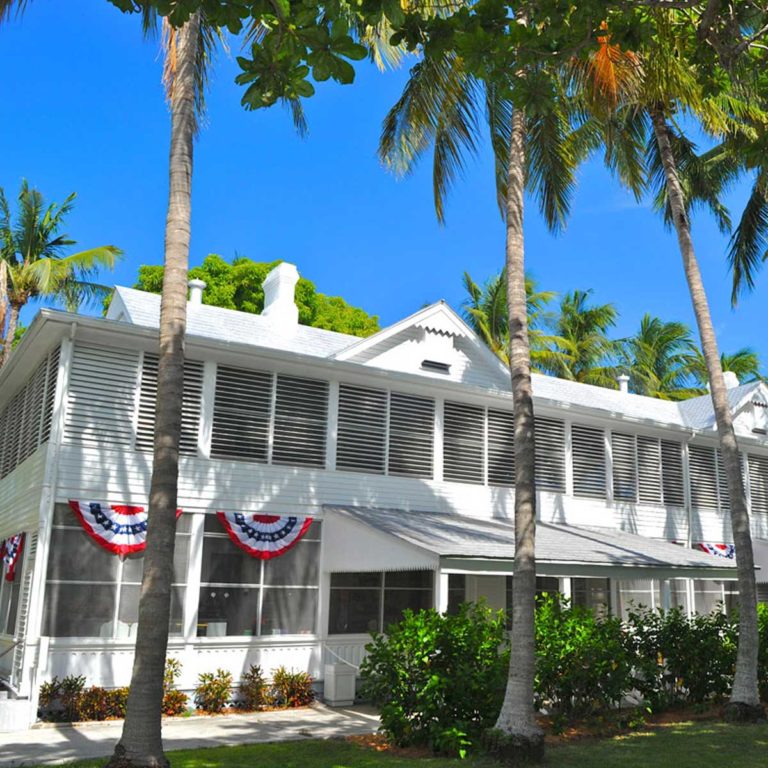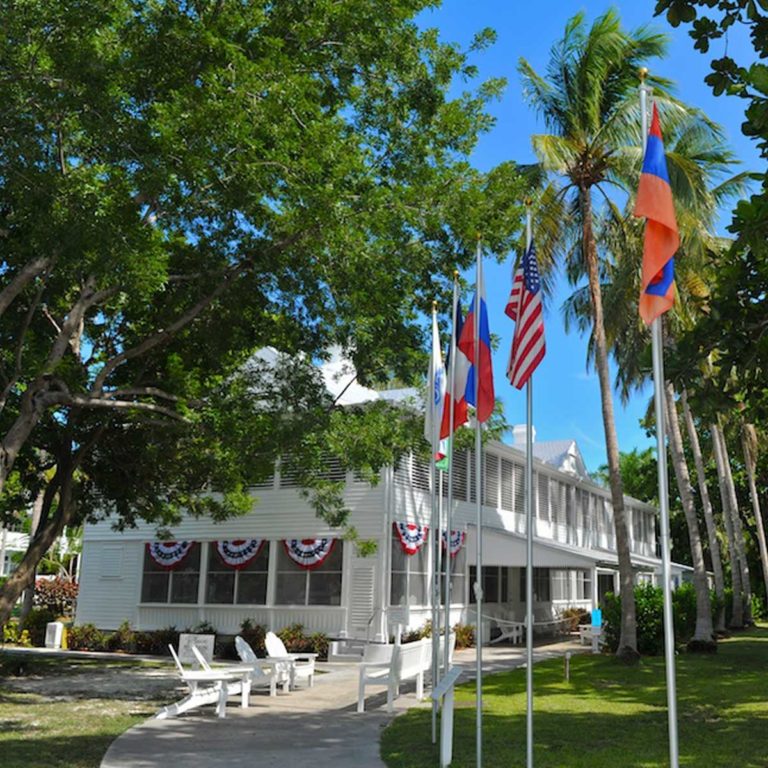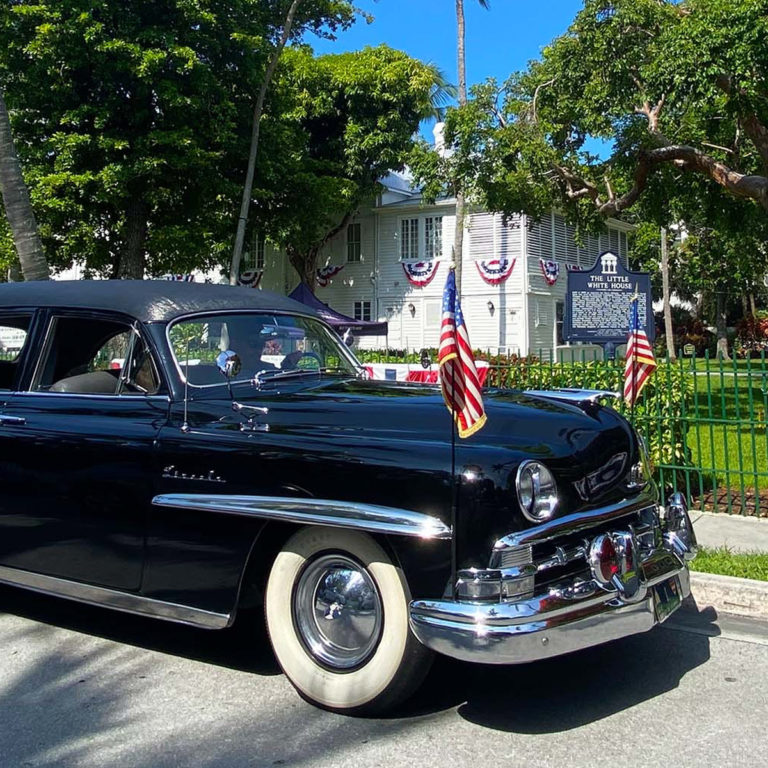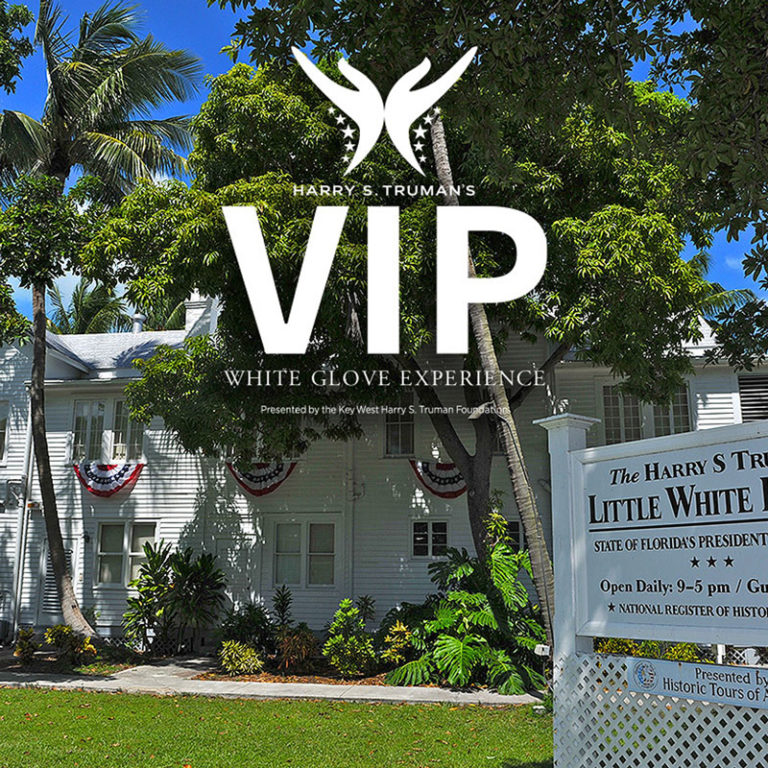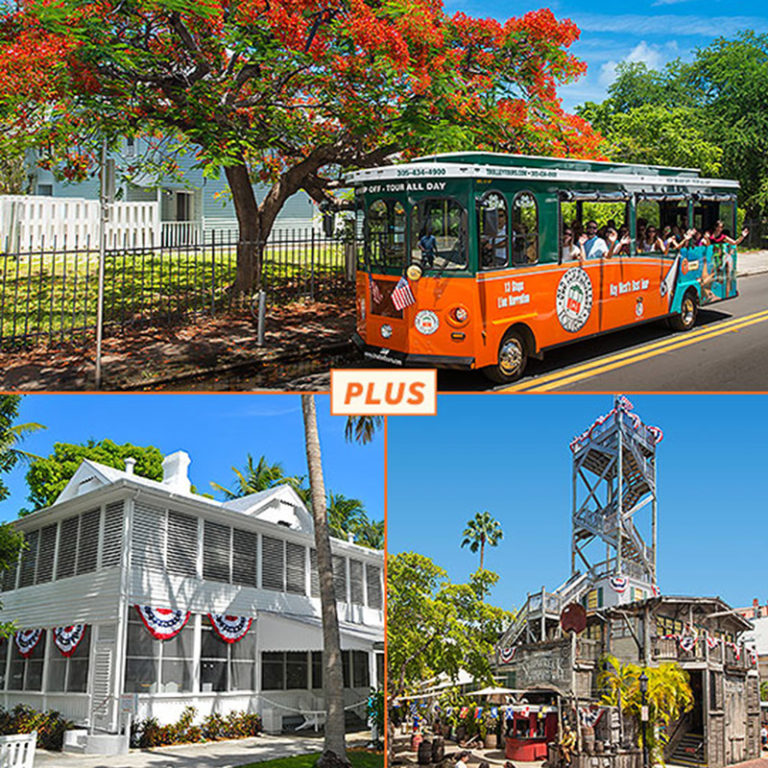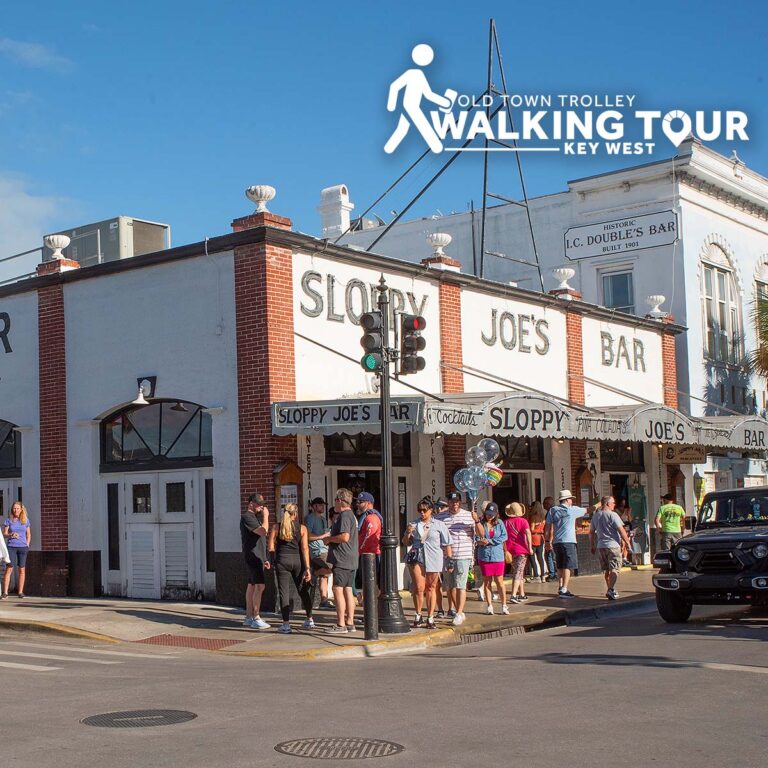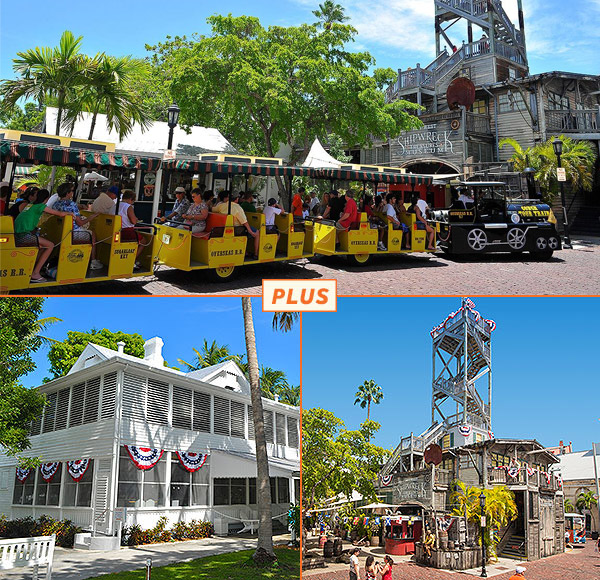Harry S. Truman served as the 33rd president of the United States from 1945 to 1953. His presidency was marked by some of the most challenging times in American history, including the end of World War II and the beginning of the Cold War.
One of the most significant events of Truman’s presidency was the end of World War II. Truman made the call to drop atomic bombs on Hiroshima and Nagasaki, ultimately leading to Japan’s surrender and the end of the war. While controversial, Truman argued that this decision saved American lives and was ultimately necessary to end the war quickly.
The Marshall Plan is another significant achievement of Truman’s presidency. It was designed to provide economic assistance to Western Europe, helping to rebuild after the devastation of World War II. The plan was a crucial part of America’s recovery and helped to maintain political stability across Europe. The Marshall Plan demonstrated Truman’s commitment to international leadership and set the stage for America’s continued involvement in global events.
The Truman Doctrine established that the United States would assist any country threatened by communist forces or ideology. The Truman Doctrine demonstrated Truman’s firm stance on communism, and his willingness to act when necessary to protect American interests.
Truman was also a vocal advocate for civil rights. He established a Presidential Committee on Civil Rights, which recommended significant reforms to address discrimination and racism in America. Truman also issued executive orders desegregating the military and federal agencies. Truman’s support for civil rights was a significant step forward for American society, and his efforts paved the way for the Civil Rights Movement in the following years.
After leaving office, Truman created the Truman Library and Museum to act as a repository of presidential papers and information about his presidency. The library contains over 15 million pages of documents, and it’s one of the most significant historical archives in the country. The Truman Library is a testament to Truman’s belief in the importance of preserving history and ensuring that future generations can learn from the past.
